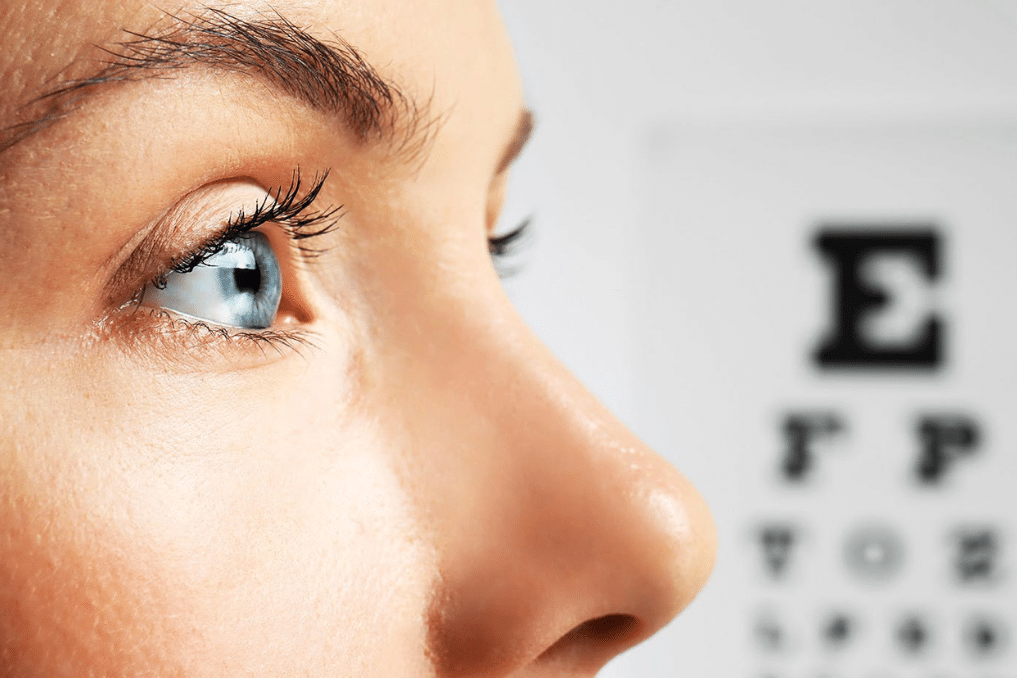
A new study from the American Academy of Optometry, shows the correlation between Vitamin A deficiency and the occurrence of chalazion on the eyelid. Patients with chalazion tend to have a weakened immune system and issues with their eye health.
WHAT IS CHALAZION?
A chalazion is a slow-growing, inflammatory lump in the tear gland of the eyelid (known as the meibomian glands). It is most common is adults between the ages of 30-50 who also have rosacea or blepharitis. Chalazia’s can appear that patients can have a single chalazion or a double chalazion. It is caused by a build up of oil and sebum produced by the sebaceous gland.
WHAT CONDITIONS ARE RISK FACTORS FOR CHALAZION’S?
Chalazion’s tend to occur when you are stressed and the immune system is weakened.
Chalazia are more common in people with:
– Viral conjunctivitis
– An infection covering the inside of the eyes and eyelid
Inflammatory conditions such as:
-Seborrheic Dermatitis
– Acne
– Rosacea
– Inflammation of the eyelid
SIGNS AND SYMPTOMS OF CHALAZIONS
Patients with chalazion can encounter:
– Painless bump in the eyelid, usually on the upper lid
– Mild irritation
– Watery eyes
– Blurry vision
– Bacterial infection
IS A CHALAZION A STYE?
Many people can get confused between a chalazion and stye, but it is important to know that they are different and require separate treatments. While a chalazion is not a painful bump on the eyelid, styes are the opposite. Styes also are caused by an active infection and will be painful and red. Both chalazion’s and styes can self resolve, however, styes require more assistance from an ophthalmologist or optometrist to relieve the pressure on the lids.
HOW IS A CHALAZION DIAGNOSED?
An Optometrist or opthamologist will generally determine whether you have a chalazion or not. You should provide your full health history and the eye specialist will examine your eyes, eyelids, eyelashes and skin texture. They will also check your oil glands.
HOW TO TREAT A CHALAZION?
In most cases, you can treat a chalazion at home with the following non-invasive methods:
Warm compress: Wet a clean washcloth with warm water. Place it on the affected eye for 15 minutes. Repeat this 3 times a day to help the blocked gland open up. Alternatively, use the Opti-Soothe Moist Heat Mask which is available on our website.
Massage: Gently massage the eyelids a few times a day to help open up the glands naturally.
Good hygiene: Practice good hygiene by keeping your eyelids and the surroundings areas clean. Do not wear makeup or heaving skincare products that will infect the glands or block them further. Avoid touching your eyes
CAN A CHALAZION BE PREVENTED?
If you eat a range of healthy foods that contain Vitamin A and other nutrients, it will help prevent chalazion’s. Some of the recommended foods are as follows:
– Leafy green vegetables, orange, yellow and other coloured vegetables
– Fruit, including tomatoes
– Lean meats, oily fish, egg yolks
– Wholegrain, high-fibre foods
– Tofu, nuts, and seeds
If you keep up good hygiene practices, you can avoid getting a chalazion. Some of the recommended hygienic practices to follow are:
Hand-washing
Wash your hands thoroughly and often. Especially before you touch your eyes.
Face-washing
Wash your face daily to remove dirt from the day. Your optometrist may recommend cleaning your eyelids with a foam and wipes such as Blephadex.
Contact Lens Care
Wash your hands before removing and inserting contact lenses. Make sure to clean them in the correct solution and don’t wear contact lenses for longer than you are supposed to.
Makeup Hygiene
When wearing makeup, make sure to throw away and don’t use expired products. Avoid sharing products with friends as that is a way to pick up germs and bacteria.
If you are Vitamin A deficient, this can lead to the health complications discussed in this blog post. To determine whether you are deficient, blood samples need to be taken, which measures the Vitamin A level in the blood. The average serum vitamin A level ranges from 20 to 60 micrograms per deciliter, so if it is lower than this you are more susceptible to chalazion’s on the eyelid.
WHEN SHOULD YOU SEE AN OPTOMETRIST?
If you have a chalazion that doesn’t go away with treatment at home, then it is time to schedule an eye appointment with an optometrist. They will be able to determine your chalazia and offer treatments that may be more effective and prevention methods for future chalazion’s.
